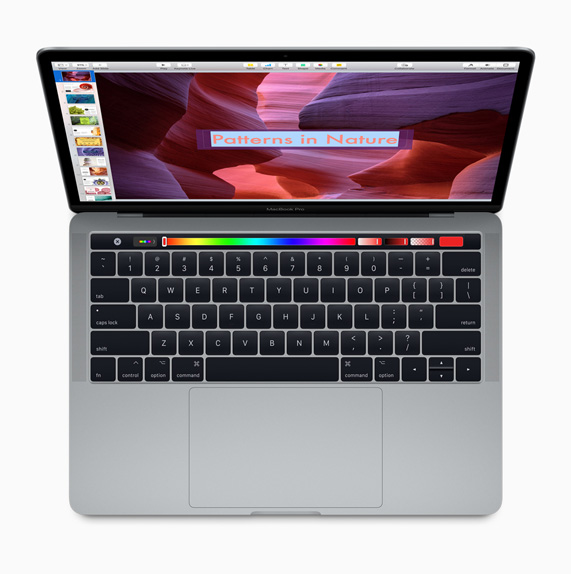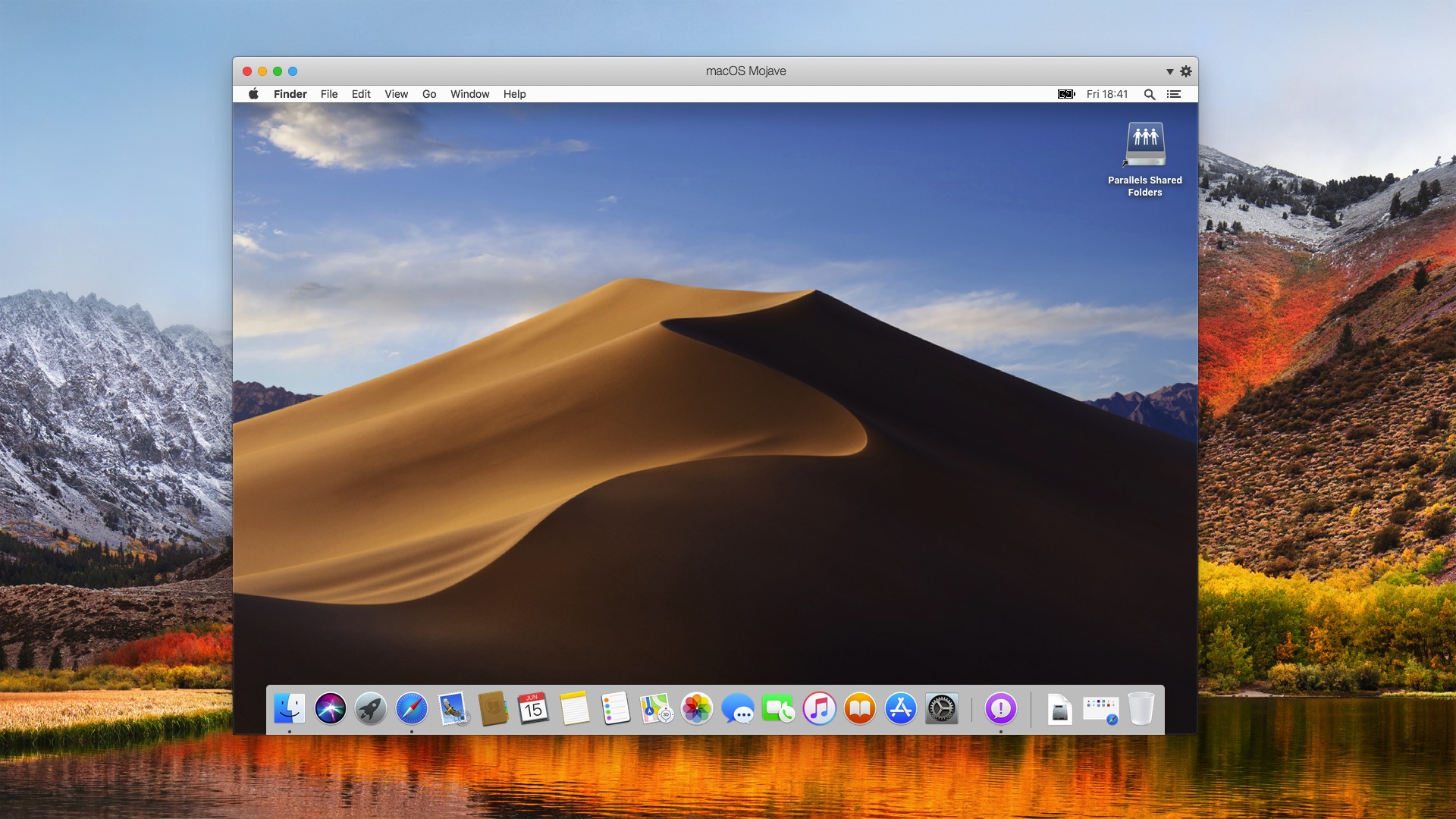

Once it’s running, click the app’s name located next to the Apple logo near the top left of your display.To find out the best way to contact the developer(s) of an app: Apple says that it worked with developers to get them ready for the shift, but you can still reach out directly to your app’s developer to make your point about it, too. If any of your apps are 32-bit, they won’t work with macOS Catalina.

To sort the list so that all of the 32-bit apps are together, click on the “64-Bit (Intel)” header. Any apps that are only 32-bit friendly will have “No” in that column. Once the list appears, look for the column headed “64-Bit (Intel),” which will be the fifth column from the left. The right-hand window may go blank for a few moments while it populates with a list of your installed apps. Scroll down to the “Software” category, and select “Applications.” The right side shows you the data that’s pertinent to that category. The left side shows categories (Hardware, Network, Software) and subcategories (ATA, Audio, Bluetooth, Camera, etc.) of the hardware and software that make up your system. What you want to focus on right now is the “System Report.” button near the bottom of the window.
#Mac os sierra lite for p serial#
#Mac os sierra lite for p how to#
How to see if your apps are 32-bit or 64-bit (One will display every 30 days when you open the app.) Otherwise, you’ll have to do a little digging to see if your favorite apps make the cut.

If you use macOS Mojave and have been using any apps that won’t be supported by the new OS, you may have seen a pop-up alert from Apple saying that the app isn’t optimized for future versions. MacOS Catalina review: transition period Apple confirms macOS Catalina update is a big problem for DJs who relied on iTunes


 0 kommentar(er)
0 kommentar(er)
